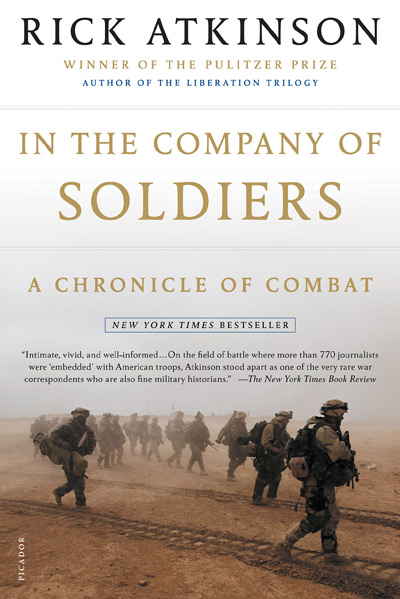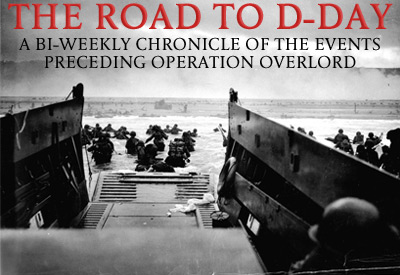Author Letter about In the Company of Soldiers
December 2003
Dear Reader,
Last February, I had an extraordinary opportunity to get inside one of the most storied combat units in the United States Army, the 101st Airborne Division—the original “band of brothers.” As an embedded reporter for The Washington Post during the war in Iraq, I was with the 101st for nearly two months, and I spent virtually all day, every day at the elbow of the very compelling, very intense division commander, Major General David H. Petraeus. My access to Petraeus allowed me to witness the anxieties, satisfactions, and large joys of commanding 17,000 soldiers in combat.
I’ve been around the Army all my life—my father was an infantry officer, and I grew up on military posts—but the intimacy of this view was unique. In Iraq, I saw how war is waged in an age when wars are small, expeditionary, and bottomless—and I have to say that I learned far more and felt far more than I could have imagined. Having recently written about the campaign in North Africa in World War II, I was again reminded that there is something timeless and exquisitely human about soldiers in combat, whether they are fighting in the mountains of Tunisia or in the desert of Iraq.
I sought this assignment in part because I believe the American Army is an organism—not an inanimate institution, but a living thing. I also believe that it is collectively our Army. The relationship between the Army and the larger Republic is the oldest institutional relationship in our national history, and it’s important for those of us with the inclination and the capacity to help explain that blood tie.
Yours,
Rick Atkinson








